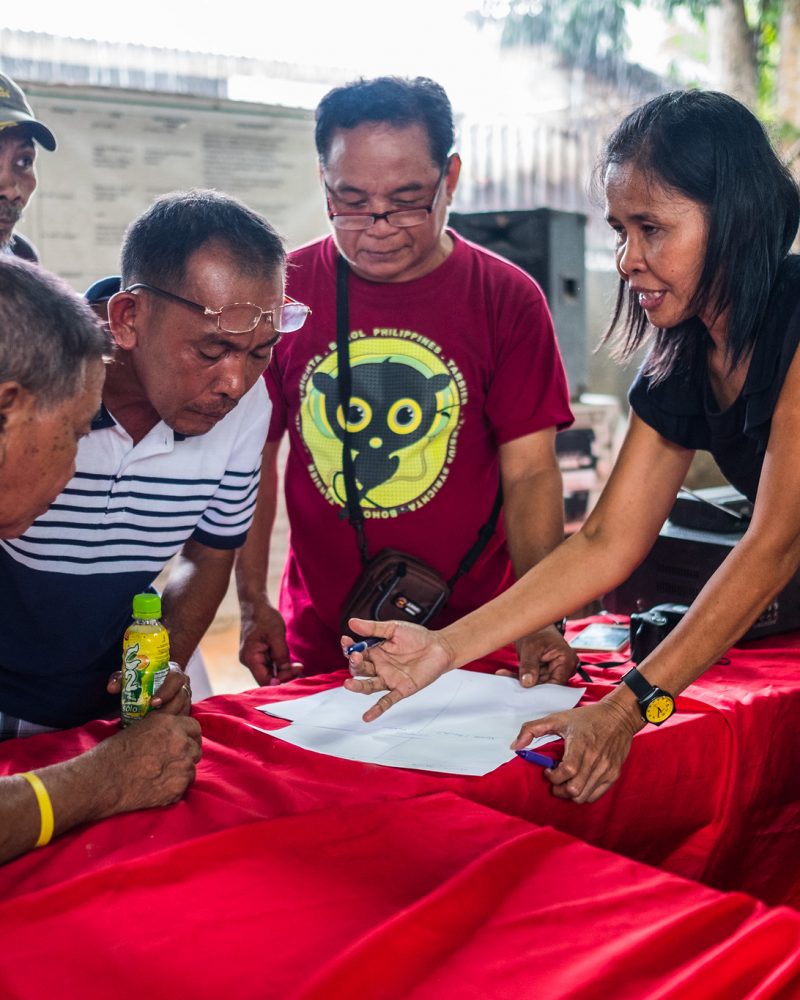We are thrilled to learn that the United States Agency for International Development (USAID) has received top marks for its use of evidence in decision-making! Results for America’s “Invest in What Works Federal Standard of Excellence” gave USAID 86 out of 100 points, including perfect 10’s for its funding of evaluations and its practices and policies to encourage innovation. 2019 is the fourth year that Results for America has recognized USAID’s prioritization of evidence for budget, policy, and management decisions.
Through the Measuring Impact activity and, now, Measuring Impact II, Environmental Incentives and partners ICF International and Foundations of Success have worked with USAID to strengthen the use and generation of evidence for biodiversity programming. We are inspired to see the results of these efforts reflected in USAID’s ranking among top federal agencies.
Our efforts to support evidence include Evidence in Action, a set of guides that help USAID staff and partners use and generate evidence in biodiversity and development projects.
In a blog from last year, we highlighted some of our findings from the Measuring Impact activity, along with five key tips for developing better, evidence-based conservation programs. These tips provide best practices and a good starting point for incorporating evidence into conservation decisions.
- Start with a critical mindset. From the onset of program design, be willing to explore and question assumptions about the causes of the conservation problem, the theory of change describing how proposed solutions are expected to work, and the effectiveness of actions taken to implement those solutions. A program built on inaccurate assumptions is unlikely to succeed.
- Ask the right questions. Take a careful look at what questions are being asked before searching for evidence. If it’s not clear how the answer would influence program decisions, think carefully about investing time and resources into gathering evidence and revise or develop new questions if needed.
- Explore evidence for and against assumptions that are critical to program success. Don’t limit the search to evidence confirming that assumptions underlying the program design are true. Consider alternative explanations for observed outcomes and be critical of evidence that is not sufficiently robust to rule them out. An important use of evidence is to reduce the uncertainty associated with program decisions; but it is just as important to recognize where key uncertainties remain.
- Don’t let a weak evidence base become an excuse for inaction. One advantage of an evidence-based approach is that teams develop a better understanding of what is not known as well as what is known. Taking action with imperfect information has risks, but so does delaying action to wait for better information. Designing programs that generate evidence can offset some of the costs of imperfect information with opportunities for learning.
- Take an active role in shaping the evidence base. A widely recognized challenge in conservation practice is the gap between the knowledge generated by researchers and the information that managers actually use. Evidence-based approaches encourage managers to think about programs as a way to build the evidence base, as well as deliver program results. In addition, a better understanding of how evidence informs decisions positions managers to take an active role in shaping the research agenda and the information that is produced.
By changing how programs use and generate evidence, conservation practitioners can increase effectiveness, reduce risk, and strengthen the evidence base for conservation and management programs. Interested in learning more? Explore the four units in Evidence in Action that facilitate evidence-based decision-making in biodiversity programs at USAID.
About the Authors
Tiffany Gibert is a Communications Specialist supporting Environmental Incentives’ International Practice Area. She bridges her expertise in storytelling with her passion for international development initiatives that benefit ecosystems, biodiversity, and all members of the global community. Natalie Dubois is a Senior Research Specialist focused on building evidence-based practices into management systems and operations to improve the performance of conservation and development programs.



